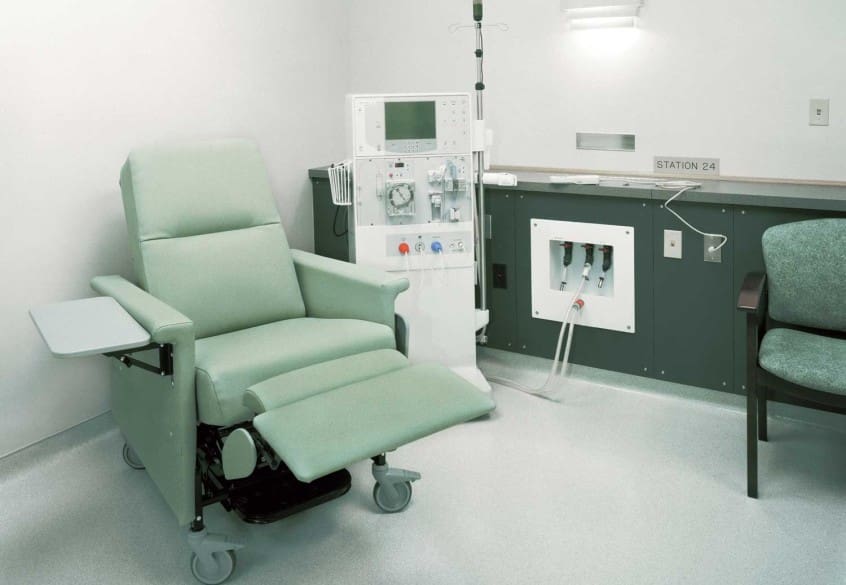What Is Phosphorus? Phosphorus is a mineral found in bones and teeth. It is also involved in cell maintenance and helps in the production and storage of energy in the body. When kidneys are working, they filter excess phosphorus from the blood through the urine to keep the right amount in the blood. Normal Phosphorus levels in the blood are … Read More
Reducing the Pill Burden and Better Phosphate Control
Reducing the pill burden for dialysis patients has the opportunity to improve a patient’s quality of life. Drugs that help patients better manage phosphate levels with fewer pills is something that may also help reduce the risk of cardiovascular events and bone fracture. Phosphate control is difficult for many. Dialysis patients take an average of 19 pills per day, with … Read More
What is Mineral & Bone Disorder?
When you have kidney disease, Mineral and Bone Disorder (offer referred to as MBD) Is one of the many complications that can occur. MBD happens when there is an imbalance in your blood levels of minerals such as calcium and phosphorus. Minerals are nutrients that your body needs to help keep your bones healthy and when this imbalance occurs, bones … Read More
What are the Signs and Symptoms of Mineral & Bone Disorder?
Mineral and bone disorder can cause you to have: Itchy skin Bone pain Weak bones that break easily Blocked blood vessels Heart problems Anemia Nerve problems Difficulty fighting off germs How do I know if I have mineral and bone disorder? You will have blood tests to check your blood levels of calcium, phosphorus, PTH, and vitamin D. These levels … Read More
How is Mineral & Bone Disorder Treated?
Once you have been diagnosed with mineral and bone disorder, diet and certain medications may help slow down the loss of bone and the buildup of minerals in blood vessels and the heart. Treatment will be based on the results of your tests and how quickly those results are changing. Both your doctor and your dietician will review your lab results … Read More
Why is Taking my Phosphate Binder so Important?
Phosphate binders help to keep phosphorus in your blood at the right level. Phosphorus is in many foods and especially foods with preservatives. What phosphate binders do is help stop phosphorus in foods you eat from getting into your blood. They “bind” to the phosphorus while it is in your digestive system and then that bonded product is eliminated when you go to … Read More
High Phosphorus Foods to Limit or Avoid
There are many foods that are high in phosphorus and it is very important that you do your best to reduce your intake of phosphorus. The list below is only an example of some foods that you will want to eliminate or reduce in your daily intake. Drinks: Ale, beer, Canned or bottled iced teas, Cocoa, chocolate drinks, Dark colas, … Read More
How Do I Make the Right Food Choices?
People with mineral and bone disorder need to limit high-phosphorus foods. They need to get the right amount of calcium and protein, too. Foods with phosphate additives tend to raise blood phosphorus levels because this type of phosphorus is easier for your body to absorb than the phosphorus found naturally in foods. Phosphorus additives are in most processed and fast … Read More
How to prepare for due diligence when selling your clinic
Due Diligence Does What? What is due diligence? Simply stated, due diligence is the examination and review of a business by the buyer before the business is purchased. During the due diligence phase of a dialysis clinic acquisition, the buyer will perform a detailed review in the following areas: financial, clinical, operational, corporate structure, litigation and human resources. Depending on … Read More
Should you own a dialysis facility?
The first item that must be addressed is if the clinic will be profitable. There are two primary questions that will need to be answered. Can you project the number of patients that the clinic will have three years from opening? Can you reasonably estimate the average net revenue per treatment? If the answers to these two questions show sufficient … Read More










